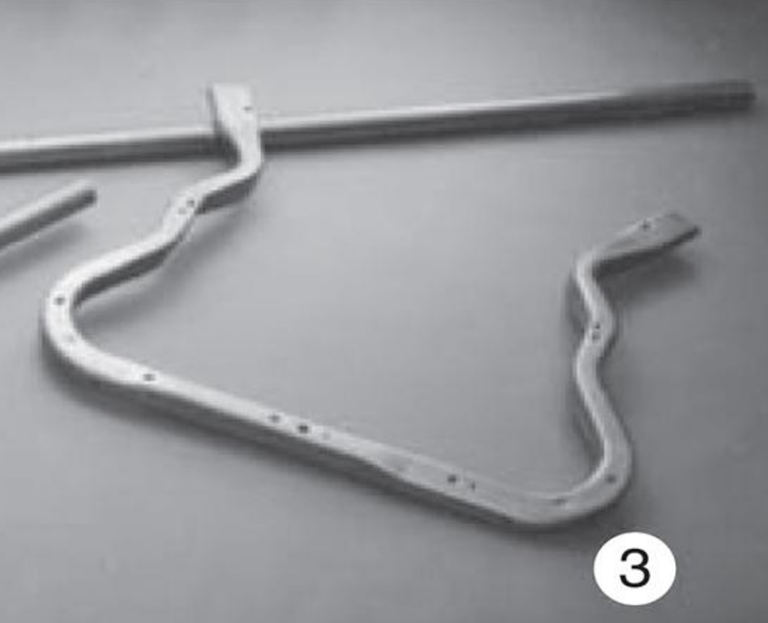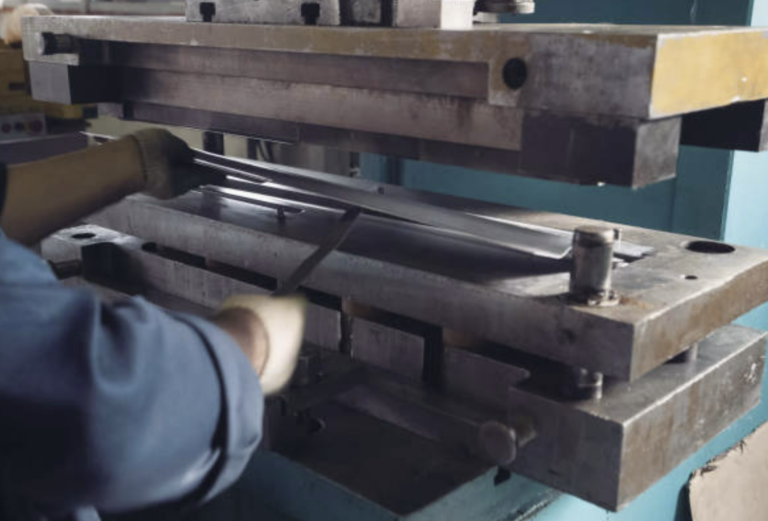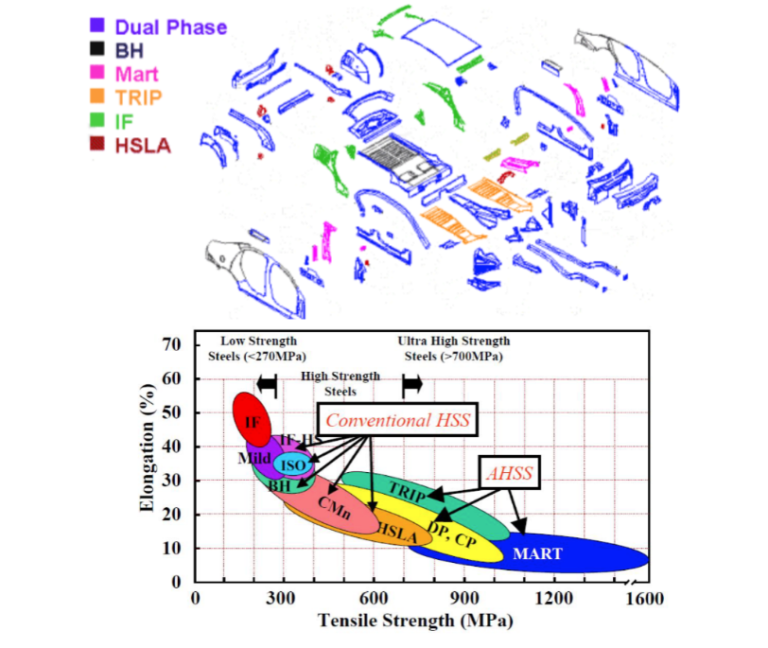Sheet Metal Hydroforming: The Ultimate Guide for Engineers and Manufacturers
Hey everyone, today we’re diving into the fascinating world of sheet metal hydroforming! If you’re into engineering and manufacturing, this is a must-read. We’ll cover everything from the basics to the nitty-gritty details, so buckle up and let’s get started! Introduction Picture this: you have a flat sheet of metal, and with a little magic…









